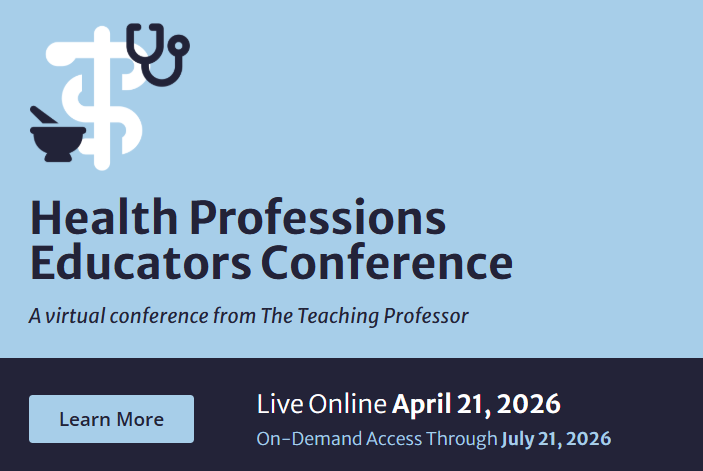Perceived and Actual Learning
Donald R. Bacon, editor of the Journal of Marketing Education and notable pedagogical scholar, points out in the journal’s Editor’s Corner that perceived learning and actual learning are “distinctly different constructs.” An accurate understanding of those differences needs to be part of our thinking.


